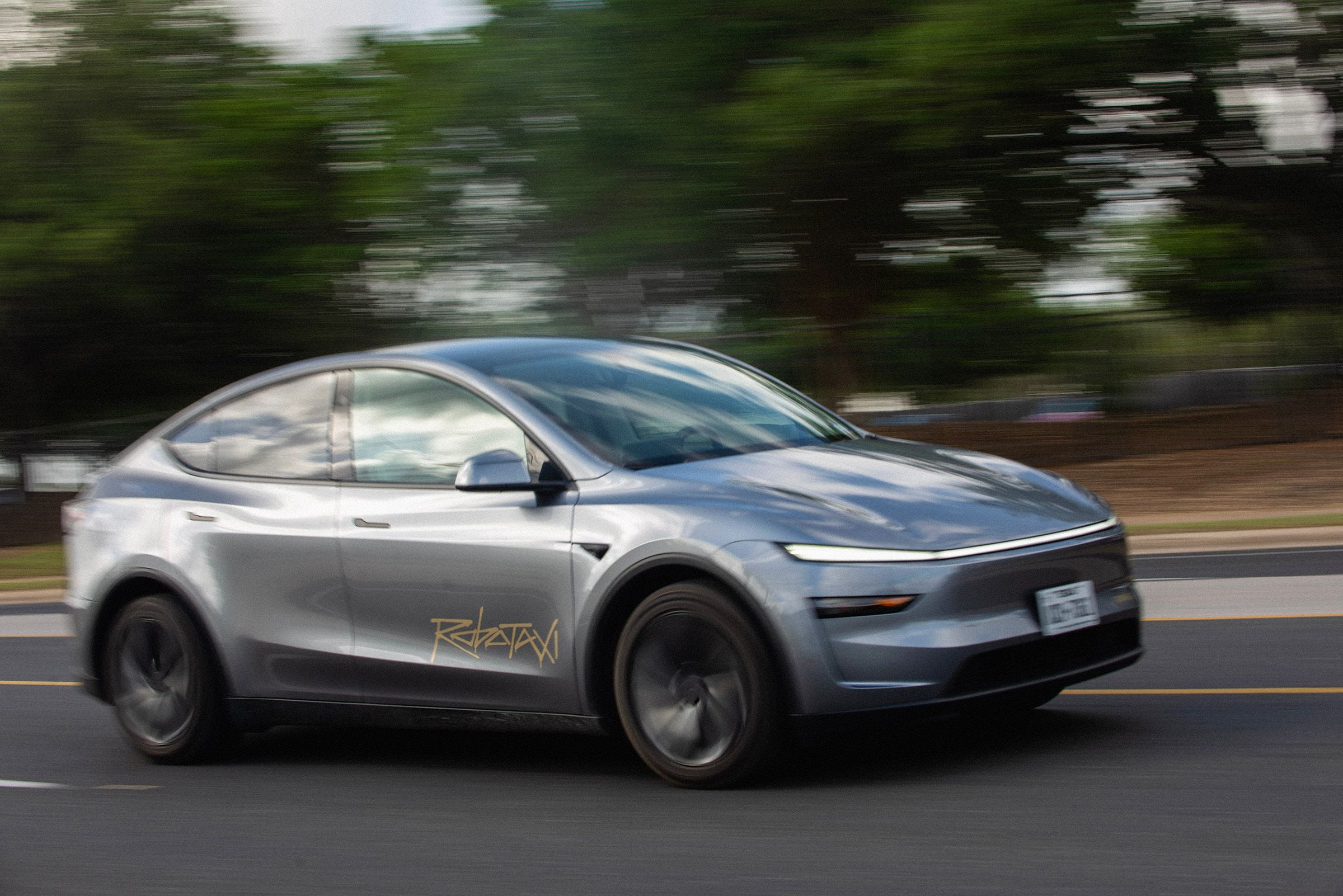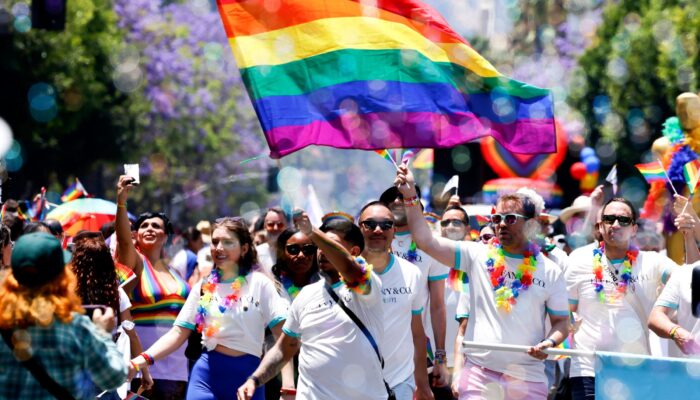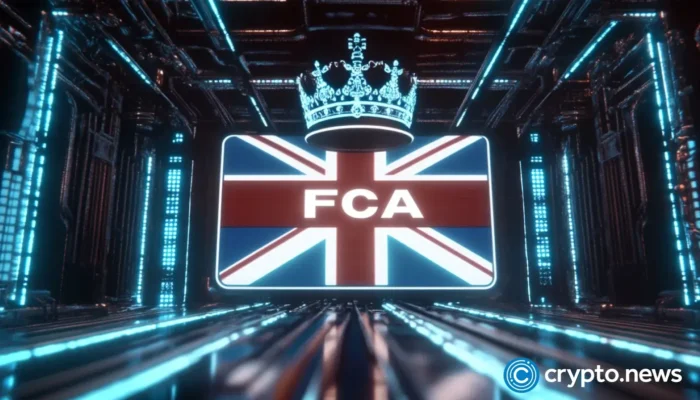As a small number of Tesla robotaxis continue to pick up and drop off a select few Tesla influencers in Austin, Texas, a state legislator who represents part of the electric automakers’ limited service area says she’s concerned the cars’ driving is “less reliable” than the typical human driver.
Videos posted online show some “moving violations” that “could be very serious,” state senator Sarah Eckhardt, a Democrat who represents Texas’ 14th district, told WIRED in an interview. “My constituency is particularly tech savvy and excited about this [autonomous vehicle] technology, but my constituency is also very concerned about public safety, and we can hit the right balance.”
Last week, as the hours before the debut of Tesla’s robotaxi service ticked down, Eckhardt was one of seven Texas Democratic lawmakers who sent a letter to Tesla field quality director Eddie Gates asking the company to delay its plans to launch. Texas has for years had loose rules and oversight around autonomous vehicle operations, making it an attractive place for tech developers to test and launch. But a new law requiring AV companies to comply with “basic safety guardrails” passed this spring and will kick in on September 1, and the lawmakers were “formally requesting” Tesla wait until then to put its driverless cars on Austin’s roads.
“We believe that this is in the best interest of both public safety and building public trust in Tesla’s operations,” the lawmakers wrote. If Tesla chose to go ahead with the scheduled June 22 launch, the lawmakers requested “detailed information” about how Tesla will comply with the new law.
Eckhardt, the first to sign the letter, hasn’t heard from Tesla since, even after the company launched its service Sunday. “They’re sometimes difficult to get a hold of,” she says.
Still, Eckhardt credits the lawmakers’ pressure for Tesla’s decision to leave a human monitor in the front passenger seat of each robotaxi. According to videos posted by riders, these people seem to have some power to intervene when the technology doesn’t perform as expected. (Tesla did not respond to any of WIRED’s questions for this story.)
A Tesla test vehicle rolls through Austin last week.
Photograph: Eli Hartman/Getty Images
Most of the public information about Tesla’s robotaxi launch comes from a small group of influencers invited by the company to be among those to take the first rides in its new technology. Many have financial stakes in the company; others have built media careers around promoting and cheerleading the electric-vehicle company’s work. Still, some of the videos posted online show the Tesla robotaxis making mistakes.
One video shows a robotaxi briefly crossing a double-yellow line to drive into oncoming traffic, an apparent botched attempt to make a left turn. Another shows the human monitor stopping the Tesla to avoid a UPS truck backing into a parking spot. Another shows the car appearing to “phantom brake”—coming to a sudden and abrupt stop for no apparent reason.
Autonomous vehicles are mostly regulated on the state level, and Texas’ current rules give companies wide berth to test and deploy on its public roads. The US National Highway Traffic Safety Administration, the nation’s federal road safety watchdog, can only intervene after the technology is already on the roads and proven to be unsafe. In an emailed statement responding to the documented incidents, a NHTSA spokesperson wrote that the agency “is aware of the referenced incidents and is in contact with the manufacturer to gather additional information.”
By law, autonomous vehicle developers must report some incident data to the NHTSA, though the Trump administration has limited the information developers are required to share and allowed them to shield some of it from public view.
The new Texas law, Senate Bill 2807, requires autonomous vehicle companies to obtain operating permits before they hit public roads. Firms also have to provide the state with emergency response procedures for first responders. The law doesn’t kick in until September 1. WIRED asked the Texas Department of Public Safety whether it received Tesla’s emergency response procedures before the company launched its service on Sunday; the department did not respond.
The state’s new permit process is not nearly as intensive as the one used by California, which was the first state in the country to create autonomous vehicle testing and deployment rules. But the permit does mean that Texas regulators can intervene to stop a company from operating on its roads if the company is deemed to be involved in too many safety incidents.
Three other companies—Waymo, Zoox, and AV Ride—operate in Austin. Waymo is the only one to offer public rides in the city, which users can hail through the Uber app.
Eckhardt says she wishes Tesla went through a longer public period of mapping, testing, and data sharing before it launched in Austin. “We need good local and state communication, to make sure that we really are meeting our public safety obligations,” she says.




